June 23, 2025
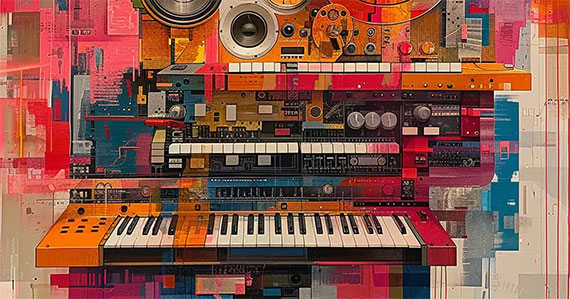
Dear Hajim School community,
I’m delighted to share that the University is providing support to launch four new transdisciplinary centers, three of which are led or co-led by Hajim School faculty. Establishing new transdisciplinary centers is a key focus of Boundless Possibility, the University’s 2030 strategic plan, and the centers established through a competitive, yearlong process are unique to Rochester in areas where the University can conduct consequential research. The Hajim-affiliated centers include:
- SoundSpace, co-led by Mark Bocko, a distinguished professor of electrical and computer engineering and director of the Audio and Music Engineering program, and Professor Mikel Kuehn ’93E (MA), ’95E (PhD), director of Electroacoustic Music Studios at Eastman School of Music. Combining Rochester’s strengths in music, engineering, and science, SoundSpace will push artistic and technical boundaries while exploring the intersection of music, sound, and technology. The team will focus on developing a best-in-class hub for research, education, performance, and public engagement.
- Extended Reality Research and Application (EXTRRA), co-led by Nick Vamivakas, Duje Tadin, Meg Moody, Mujdat Cetin, Jannick Rolland, Susana Marcos, and Benjamin Suarez-Jimenez. Focusing on extended reality—virtual reality, augmented reality, and everything in between—EXTRRA integrates optics, computing, neuroscience, and education to develop immersive platforms that improve learning, accessibility, and workforce training. Its vision is to reshape how individuals engage with digital and natural environments.
- Center for Coherence and Quantum Science (CCQS), led by Associate Professor John Nichol from the Department of Physics and Astronomy, and co-led by Nick Vamivakas, the Marie C. Wilson and Joseph C. Wilson Professor of Optical Physics. The scientists and engineers of CCQS aim to advance quantum technologies through light-matter interaction. By pooling their skills and resources, they are pushing the frontiers of quantum science and classical coherence while also enabling practical application within optical science and optical engineering.
Congratulations to all involved in these exciting new centers. Learn more on the Office of the Provost website.
NEW METHOD TO STUDY CATALYSTS COULD LEAD TO BETTER BATTERIES
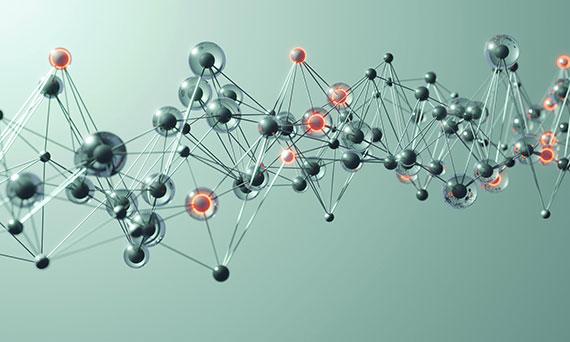
Getty Images photo
Assistant Professor Siddharth Deshpande and his students from the Department of Chemical Engineering recently made a key advancement to help scientists and engineers study the atomic interactions that happen on the surface of materials to develop more energy efficient batteries, capacitors, and other devices.
Accurately simulating these fundamental interactions requires immense computing power to fully capture the geometrical and chemical intricacies involved, but currently there’s no supercomputer in the world that can do an analysis like that. But Sid and his team found that they could get an accurate picture of the chemical processes involved and draw the relevant conclusions by analyzing just two percent or fewer of the unique configurations of surface interactions. They describe their innovative new algorithm in a study published in Chemical Science.
Read more about their research at the News Center.
EVER WONDER: HOW DO FIBER OPTICS WORK?

Fiber optic cables stretched across continents and oceans make possible much of what we take for granted today, such as the Internet, Zoom calls, electronic banking, and streaming media. Govind Agrawal, the Dr. James C. Wyant Professor of Optics at the University of Rochester, literally wrote the book on fiber optics and has spent his career in industry and academia researching and developing fiber optic technology.
In an entertaining and insightful new video, he explains how fiber-optic cables work, how they are made, and what the future holds for the technology. Watch the video on YouTube.
EHSAN HOQUE NAMED A FINALIST FOR THE 2025 NORWEGIAN LETTEN PRIZE
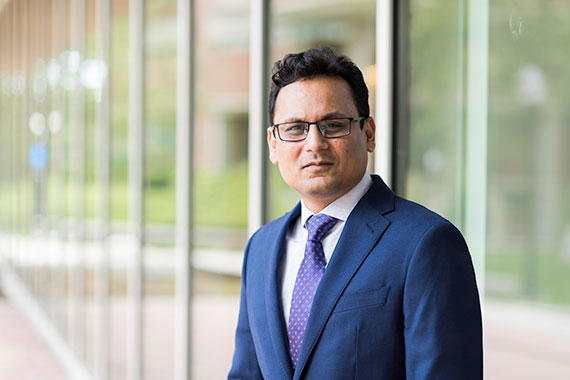
Congratulations to Professor Ehsan Hoque from the Department of Computer Science, who received the Letten Prize Runners-Up Award “for his unique and applied research into the matters of bringing equity to the health condition of people across the globe.” The Letten Prize is a biannual award that aims to highlight young researchers who contribute to solving major global challenges in health, development, and the environment. Out of 158 applications, Ehsan is one of five young researchers shortlisted for the prize.
Ehsan was nominated for his research on integrating artificial intelligence in health diagnosis in ways that aim to better the lives of people who do not have access to medical practitioners, thus securing equity and equal access across the world. The Letten Prize Committee noted Hoque’s work building Parkinson’s Analysis with Remote Kinetic Tasks (PARK), a web-based screening tool that can be used to automatically analyze video recordings of participants doing simple motor tasks.
ROCHESTER CONFERENCE ON COHERENCE AND QUANTUM SCIENCE
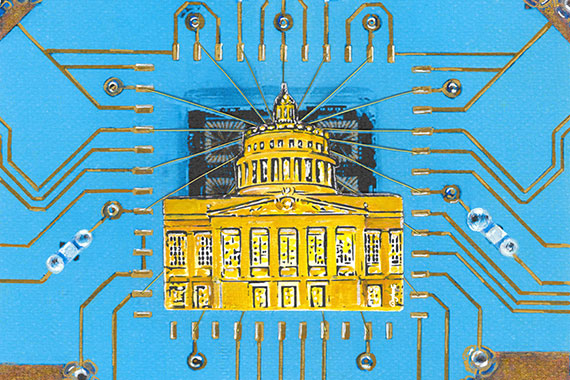
The University is the center of the quantum universe this week as experts from across the globe come to discuss all aspects of experimental and theoretical coherence, quantum optics, quantum information and quantum measurement. The University hosts the Rochester Conference on Coherence and Quantum Science (CQS) from June 22-26.
Among the distinguished speakers presenting at CQS are optics alumna Donna Strickland ’89 (PhD), who shared the 2018 Nobel Prize in Physics, and Professor Robert Boyd from the Institute of Optics. The conference includes a free public lecture by Nicole Yunger Halpern, a theoretical quantum physicist at the Joint Center for Quantum Information and Computer Science in Maryland. The lecture, titled “Quantum Steampunk: The Physics of Yesterday’s Tomorrow,” is from 7-8 p.m. on Thursday, June 26 in Hoyt Hall. No registration is required.
OPEN TO ALL UNDERGRADUATES: SCHWARTZ DISCOVER GRANT PROFESSIONAL DEVELOPMENT SERIES
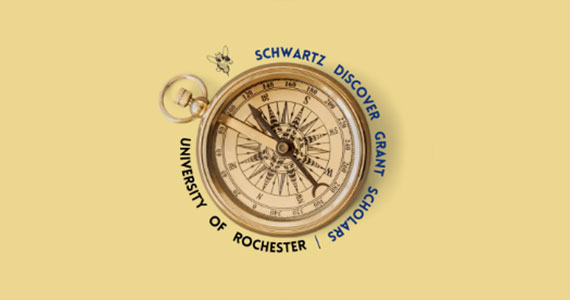
Throughout the summer, the Office of Undergraduate Research is hosting weekly Professional Development sessions on a variety of topics for our Schwartz Discover Grant recipients. This summer, a limited number of slots will be made available to ALL University of Rochester undergraduates who are interested in attending these in-person sessions held on Wednesdays from 4:30-5:30 p.m. Weekly registration is required, and the attendance will be closed as soon as the cap is hit. Visit the Office of Undergraduate Research website for more information.
REMINDER: TECHNOLOGY DEVELOPMENT FUND PROPOSALS DUE JUNE 30
The University’s Technology Development Fund (TDF) is accepting pre-proposal applications for its 23rd round of funding through June 30. The fund supports University researchers who wish to further the process of translating their research into commercial opportunities. Awards can range from $40,000 to $100,000 to support projects of approximately one year in duration. Faculty members, postdoctoral fellows, students, and employees of the University are encouraged to apply. Please see the FAQs on the main TDF page for more information. Find out more and apply at the TDF webpage.
NEWLY FUNDED RESEARCH
Congratulations to Associate Professor Stephen Wu from the Department of Electrical and Computer Engineering, who is receiving $480,668 from the Army Research Office for a project titled “Phase-change piezoresistive sensors from strained two-dimensional materials.”
Have a great week!
Your dean,
Wendi Heinzelman